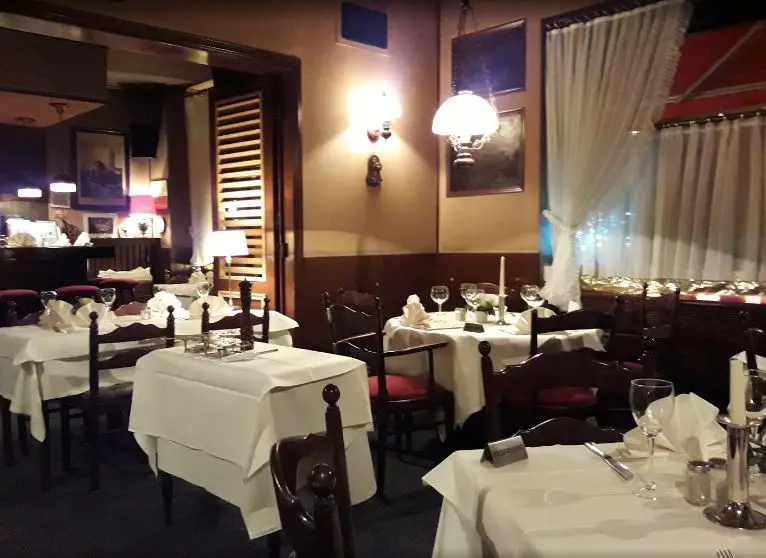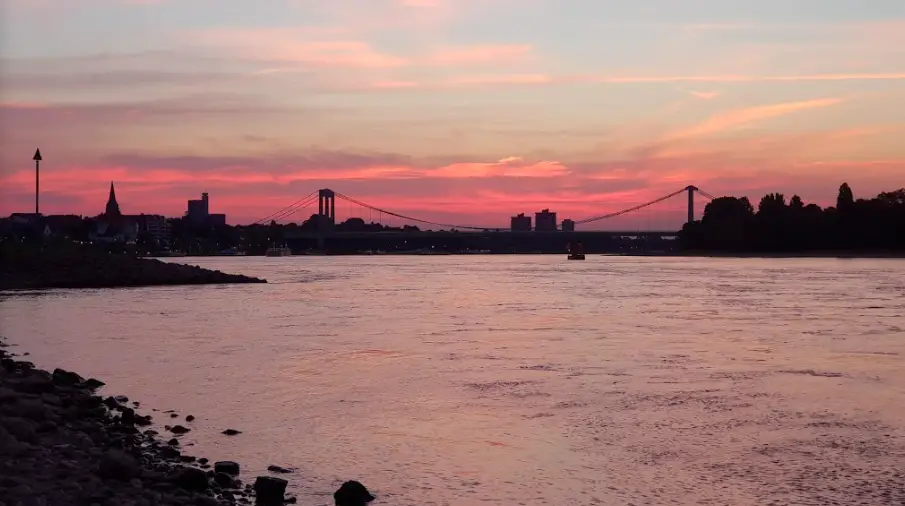Are there any specific customs for visiting castles and palaces?
Post ByAdequate Travel
Summary
No matter who you are, visiting a castle or palace can be an exciting experience. But did you know that there are some specific customs for visiting such places? In this blog, we'll discuss exactly what those customs are and how to make the most of your visit.
Yes, there are often specific customs or guidelines to follow when visiting castles and palaces. These customs aim to ensure the preservation of historical sites, respect for the cultural importance of the place, and the safety of visitors. While the specific customs can vary depending on the country, here are some general guidelines:1. Respect Dress Code: - Some castles or palaces may have a strict dress code, particularly when visiting religious or formal areas within the property. For instance, in many European countries, it is customary to dress modestly and cover shoulders and knees when visiting churches or cathedrals attached to palaces. In some cases, failure to adhere to the dress code may result in denial of entry, or visitors may be required to wear provided cover-ups.2. Photography Restrictions: - To preserve the artifacts and historical elements, photography or filming may be prohibited or limited in certain areas. Look for signs indicating where photography is not allowed or ask the staff for guidance. In some cases, flash photography is strictly forbidden as it can be harmful to delicate artworks or artifacts.3. Observe Quietness: - Due to the historical significance and potential presence of fragile artworks or objects, it is customary to maintain a quiet and respectful demeanor when exploring castles and palaces. Loud conversations, yelling, or running may not be appropriate, especially in areas that are more sacred or housing invaluable artifacts.4. No Touching: - It is generally prohibited to touch or handle any objects or artworks unless explicitly allowed. Many castles and palaces have extensive collections that are susceptible to damage, and touching can accelerate deterioration or even lead to theft. Be particularly careful in areas with signs instructing visitors not to touch anything.5. Follow Guided Tour Rules: - When visiting castles or palaces, guided tours are often conducted to ensure a smooth flow of visitors and protection of the premises. It is important to follow the instructions of tour guides and stay with the group. Also, pay attention to any restrictions on certain parts of the property or any rules regarding photography or food and drinks.6. Respectful Conduct: - Demonstrating respectful behavior is crucial when visiting castles and palaces. This includes not littering, not defacing or marking any surfaces, and not behaving inappropriately (e.g., climbing on walls, using flashlights to disturb sensitive areas, etc.). Additionally, it is customary to be mindful of other visitors and avoid disturbing their experience.Example: Neuschwanstein Castle in Germany:- Neuschwanstein Castle is one of the most famous castles in the world. When visiting, it is important to follow the dress code, which requires visitors to wear appropriate clothing that covers shoulders and knees. Inside the castle, photography is not allowed, and signs indicate areas where touching is strictly prohibited. Visitors are expected to observe quietness and respect the castle's historical significance by not defacing or damaging any surfaces. Guided tours are available, and it is essential to follow the instructions of the tour guides and stay with the group.These are just some general customs when visiting castles and palaces. It is always advisable to check for specific guidelines or customs of the particular castle or palace you plan to visit since rules may vary depending on the country, region, or individual site.While planning your trip, take note of any travel restrictions that may impact your itinerary, such as limited access to certain regions or attractions.
Suggested Questions
- Würzburg Residence, Würzburg: Horror Story, History & Paranomial Activities
- Hamburger Dom, Hamburg: Horror Story, History & Paranomial Activities
- Hameln Altstadt, Hamelin: Horror Story, History & Paranomial Activities
- Weesenstein Castle, Müglitztal: Horror Story, History & Paranomial Activities
- Schwarzenberg Castle, Scheinfeld: Horror Story, History & Paranomial Activities
- Spreepark, Berlin: Horror Story, History & Paranomial Activities











